Nimrud
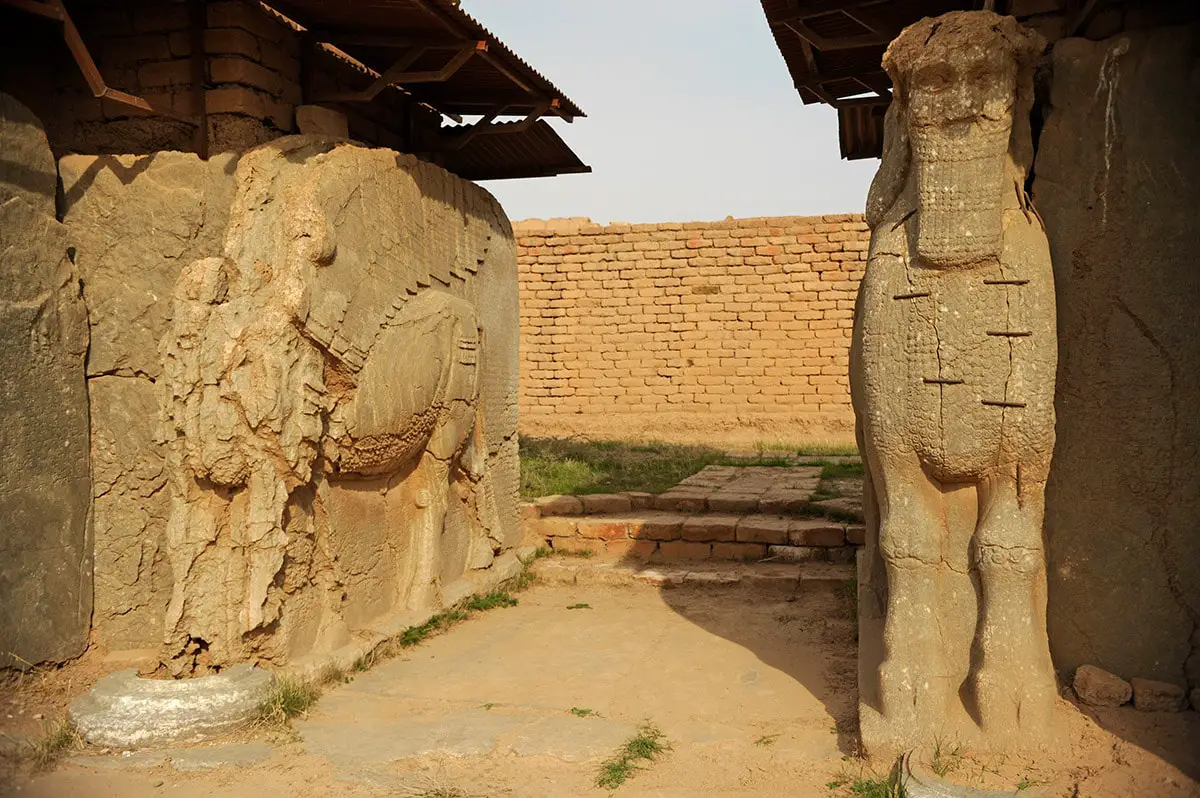
Remnants of ancient Assyrian city. Construction of this city started sometimes around 1270 – 1260 BC and it was a capital of Assyrian Empire in the 9th – 8th century BC when it had some 75,000 – 100,000 inhabitants and for some time was the world’s largest city. Partly destroyed and abandoned between 616 and 605 BC. Important finds here were a statue of emperor Ashurnasirpal II and giant, winged lions with human faces. These statues of lions – Lamassu – weighed up to 27 tons. In 2015 the remnants of the city were deliberately bulldozed by the Islamic state.
Merv
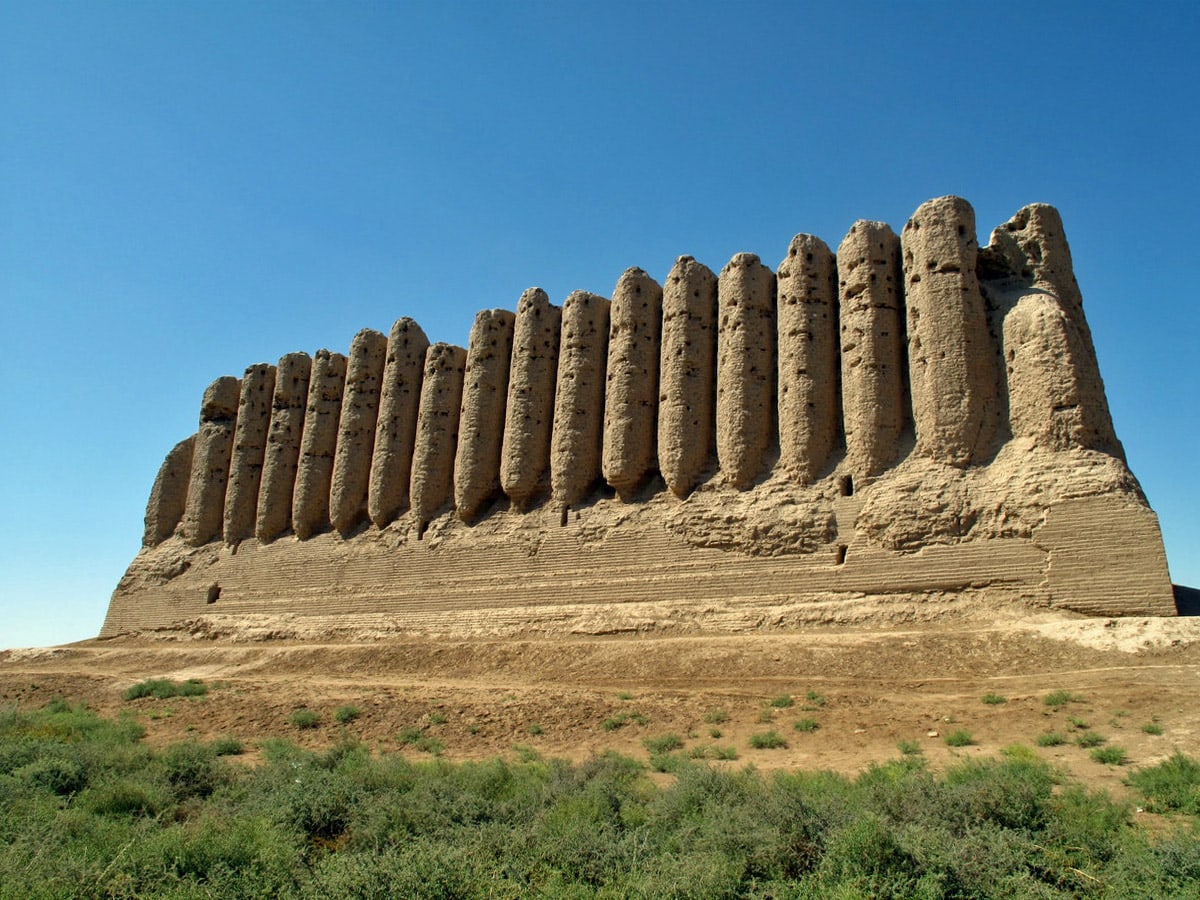
Once magnificent oasis city on Silk Road. The settlement was established in the 3rd millennium BC but flourished in the 8th century – 1221 when it briefly was one of the largest cities worldwide. Today are seen remnants of four-walled cities close to each other. Today are seen remnants of several walled citadels close to each other – Erk Kala, Gyaur Kala, and the medieval Sultan Kala.
Palmyra
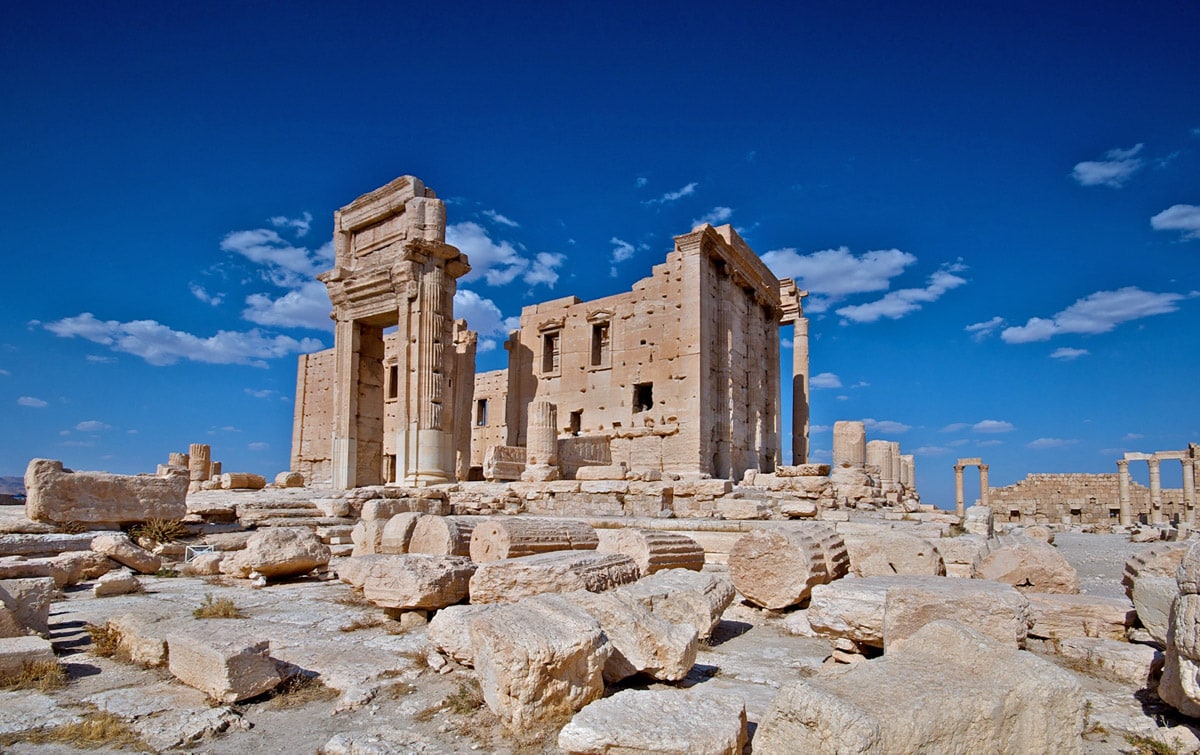
Important ancient city – caravan stop. Existing since at least the 2nd millenia BC, abandoned after the 16th century AD. Now impressive ruins remain – temple of Ba’al (the 1st – 2nd century AD), decumanus with arch, theater and others. City had its own alphabet.
Patan Durbar Square
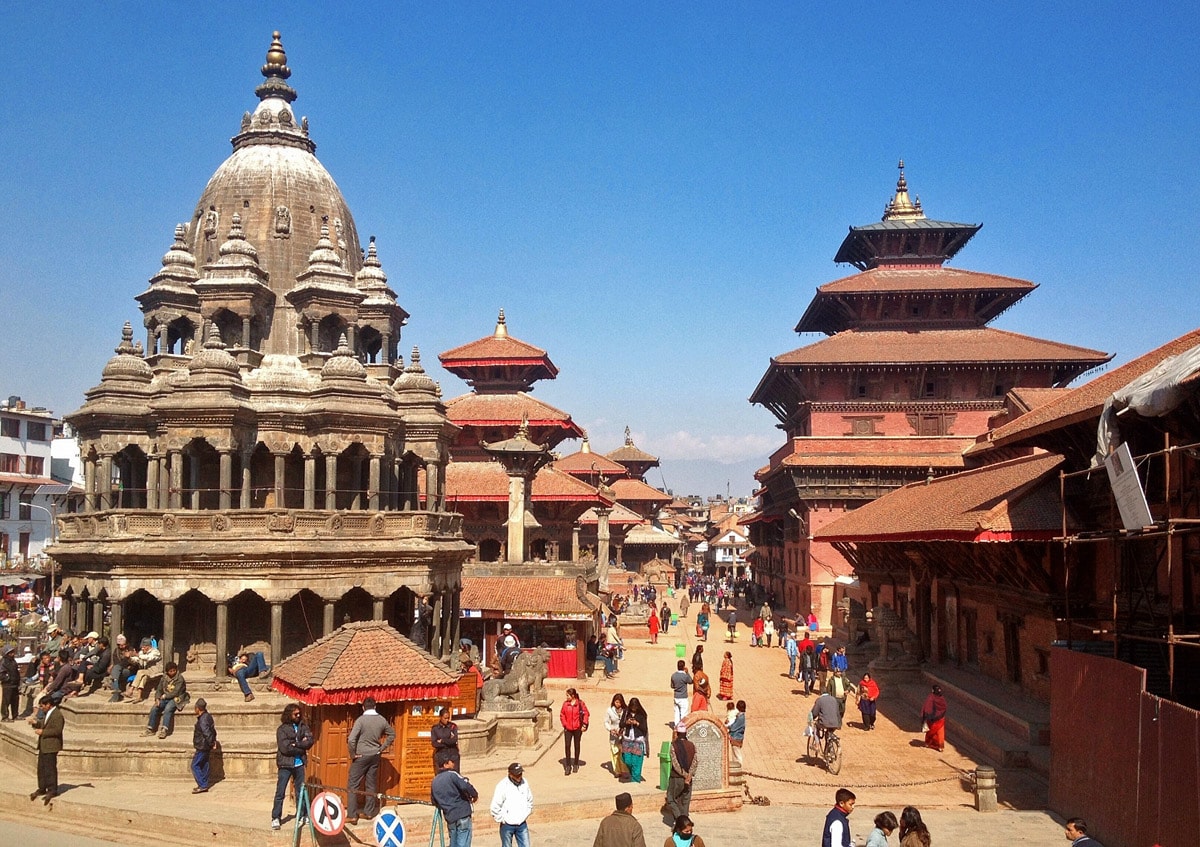
The gorgeous central part of a historical city, the former capital city of Malla. The floor of the square is tiled with red bricks and the square is surrounded by ornate buildings. Most of the current buildings are from the 17th century, but the history of this ancient town is much longer. Here are found 55 larger temples and 136 interesting courtyards. Heavily damaged during the earthquake on April 25, 2015.
Mahasthangarh
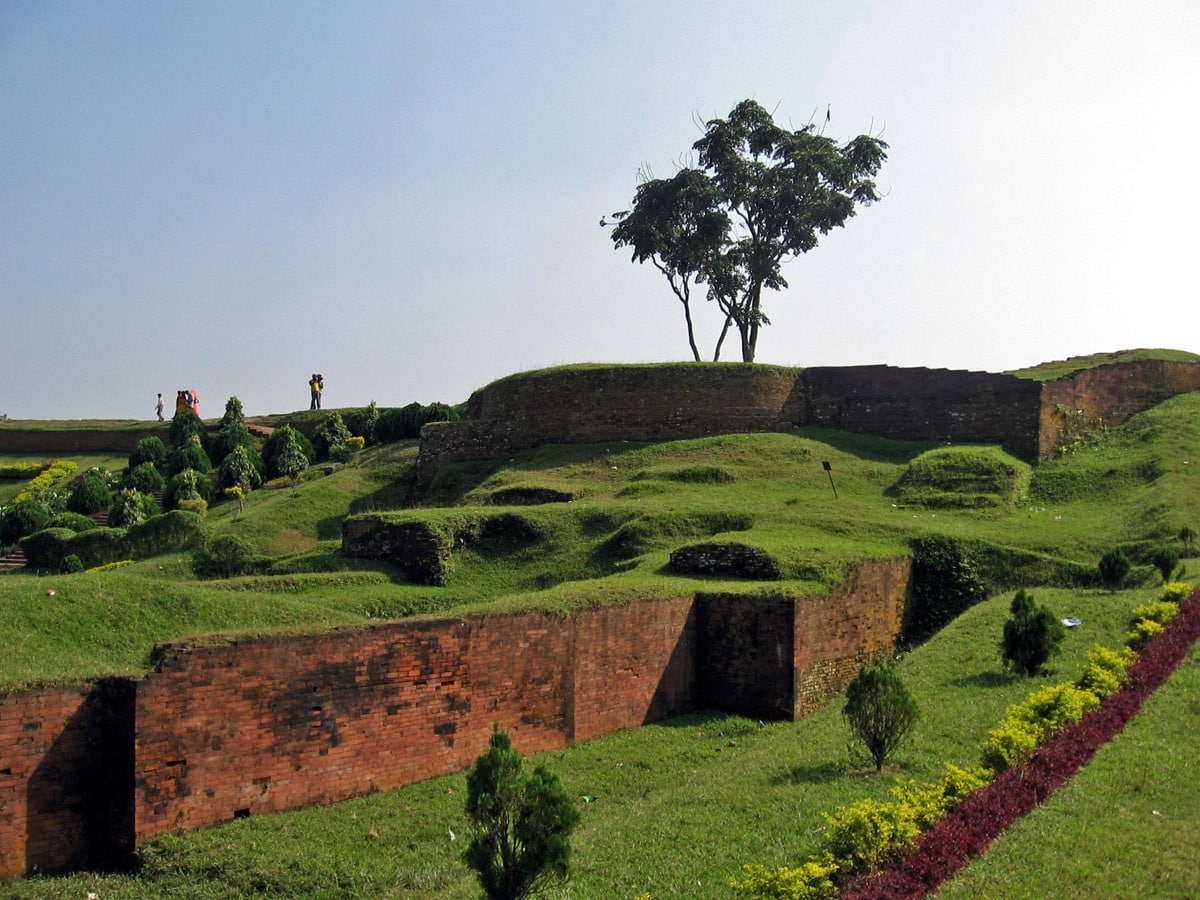
Ruins of the ancient capital of Pundravardhana. This city was founded in the 3rd century BC or earlier. Now remain impressive fortifications that were in the use until the 18th century AD as well as hundreds of mounds with remnants of ancient structures. Walls of the city enclose an area 1,523 m by 1,371 m large. Ramparts are 11 – 13 m tall.
Goree Island (Gorée Island)
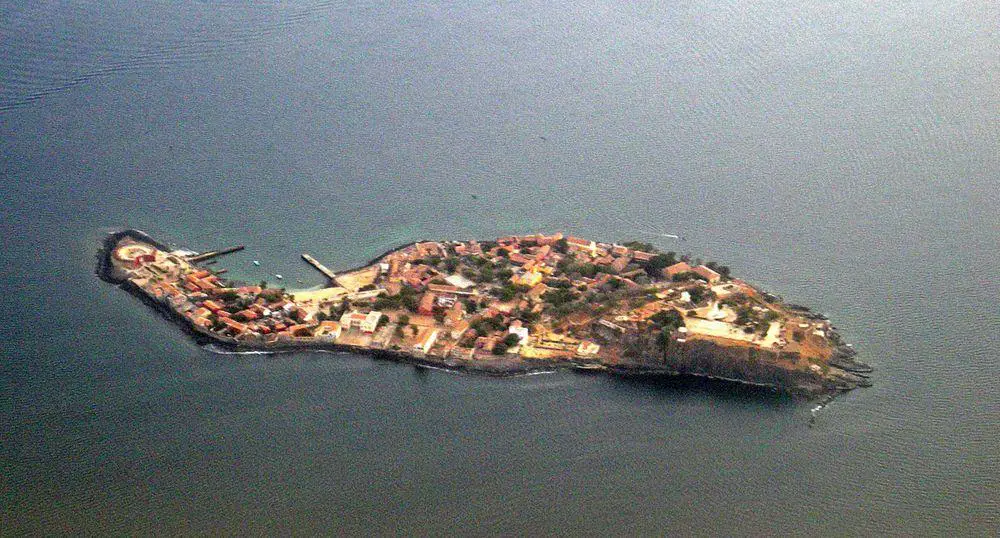
One of the oldest European settlements in Africa, established in 1444. A small island that is covered with historical buildings. Although it is known as the slave trade center, it had relatively minor importance in this respect.
Ancient Carthage
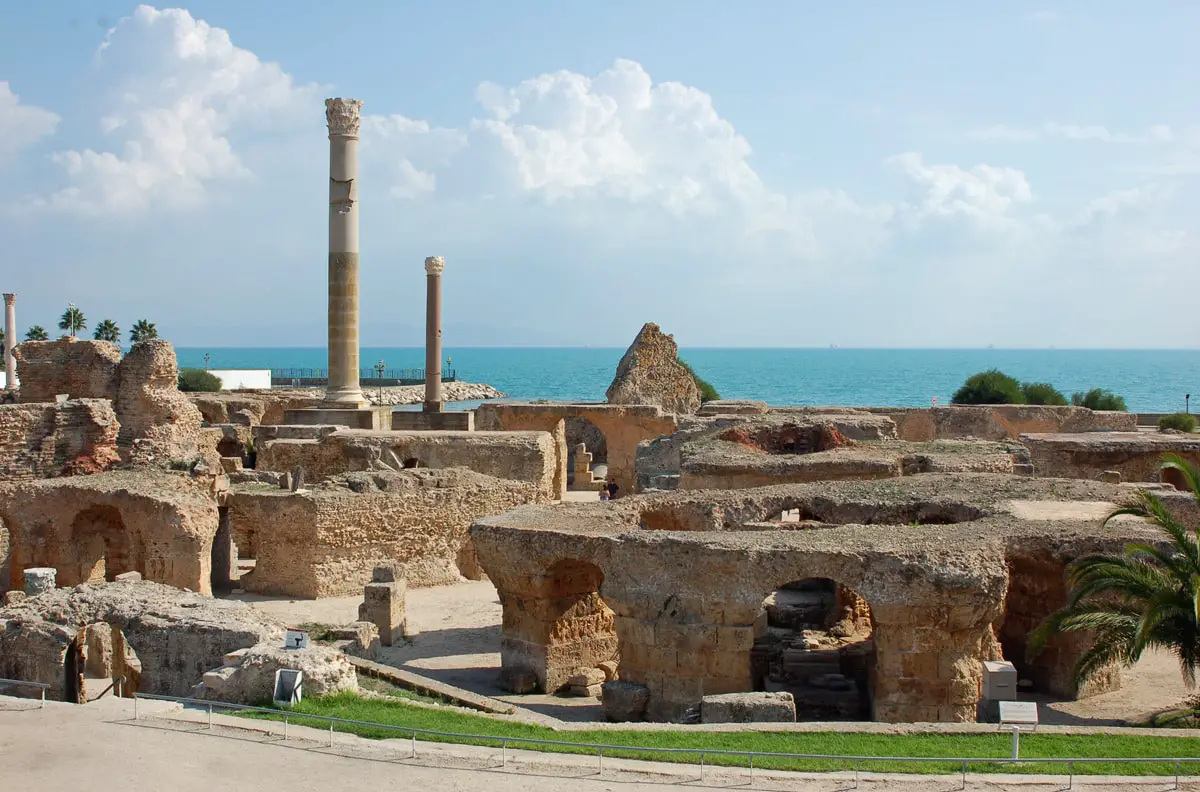
Once very important, legendary city, established as Phoenician colony in the 9th century BC. Carthage as the capital of Punic culture was the main rival of emerging Rome and finally was destroyed by Romans in 146 BC. Then it was reestablished by Romans and destroyed by Muslims in 698 AD.
Leptis Magna
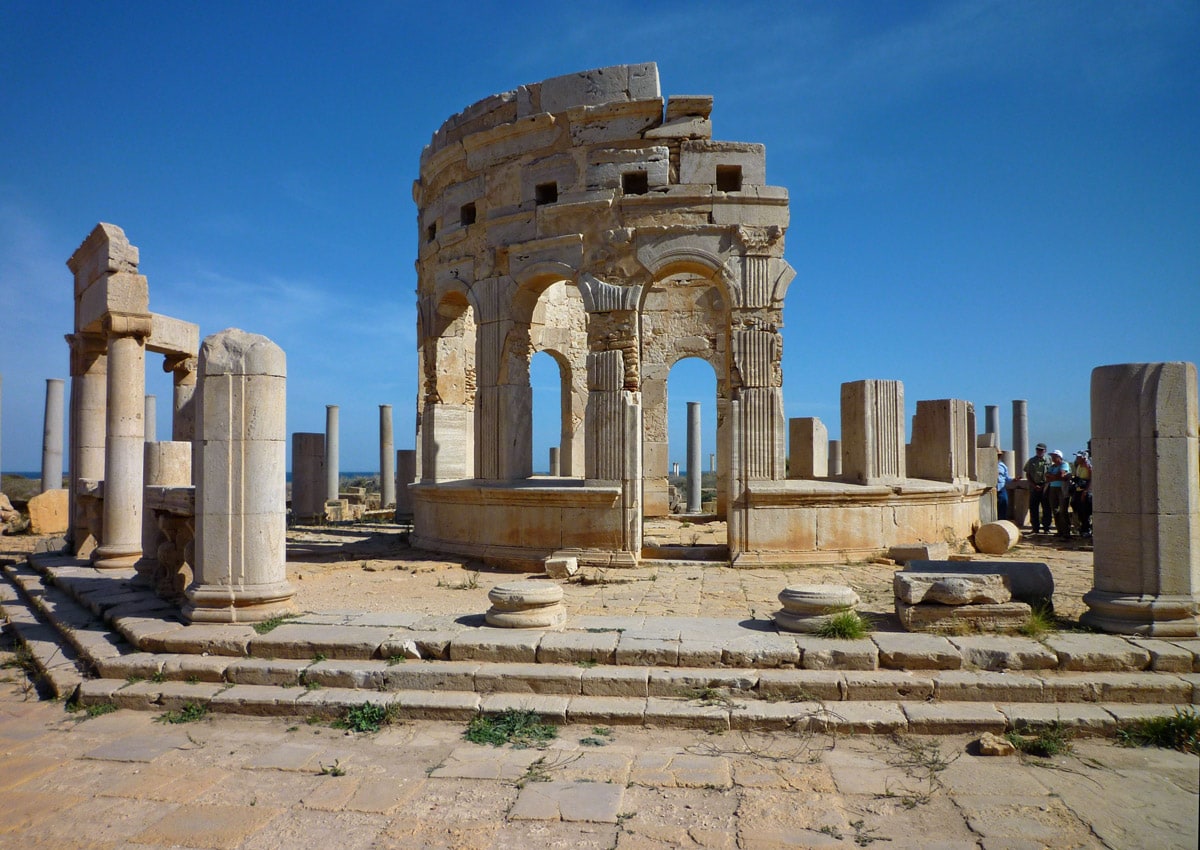
Some of the best preserved Roman ruins. This city was founded by Phoenicians around 1000 BC and in the 1st century AD was incorporated into Roman Empire. Abandoned sometimes around 650 AD.
Massawa Old City
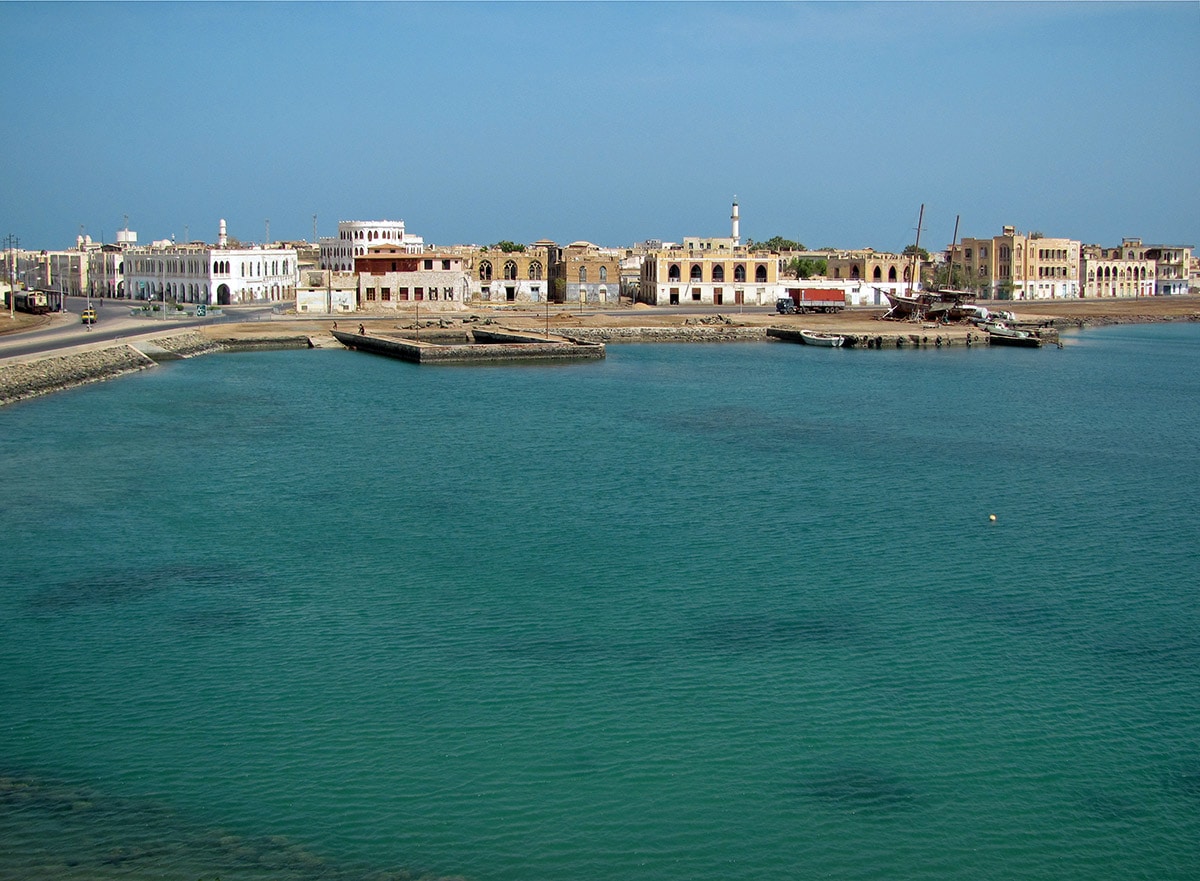
Amazing monument of Ottoman architecture, mainly built in the 18th – 19th century on two islands. An especially impressive feature is the waterfront of the city. Includes the fifteenth-century Sheikh Hanafi Mosque, Imperial Palace, and other historical buildings.
Island of Mozambique
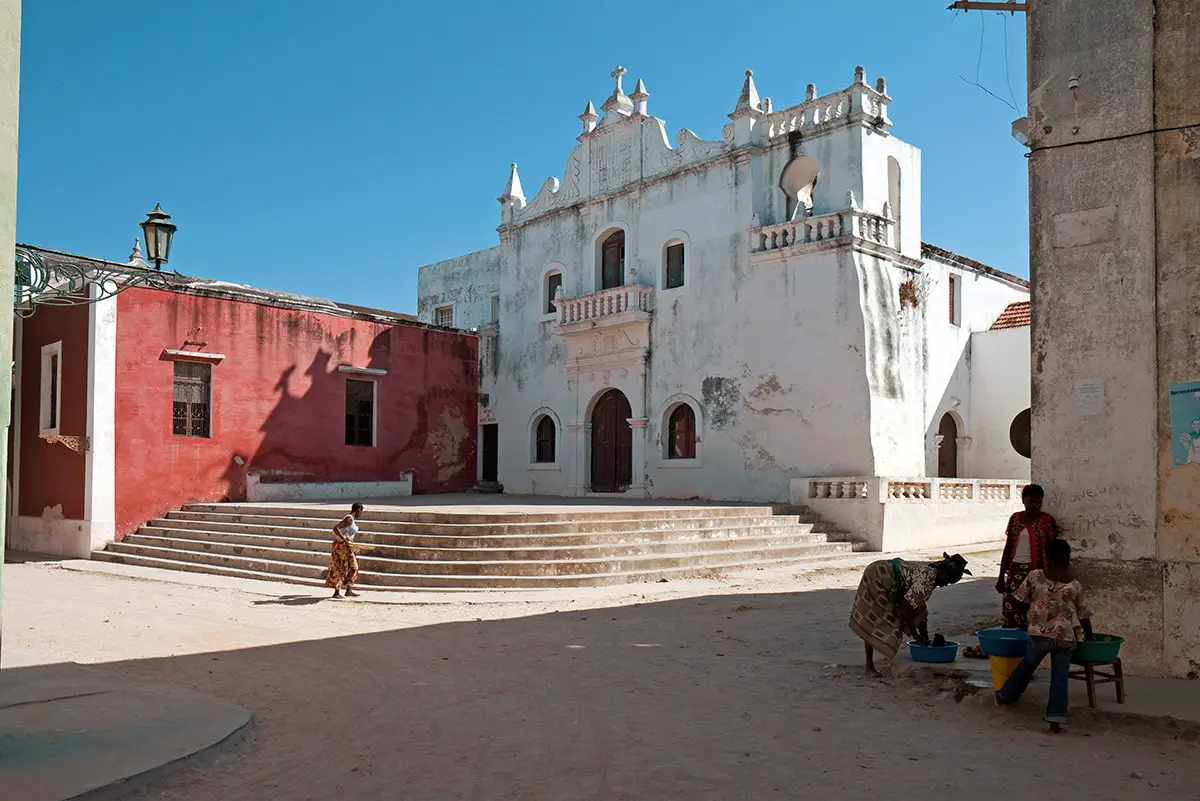
Urbanized island with numerous historical buildings. Arab trade port was established here in medieval times. The island (and later the whole country) was named after Musa Mbiki – an Arab trader. Contains the oldest European fort in Sub-Saharan Africa – Fort São Sebastião, built in the 2nd half of the 16th century, a rare example of Late Gothic (Manueline) architecture in Africa.
